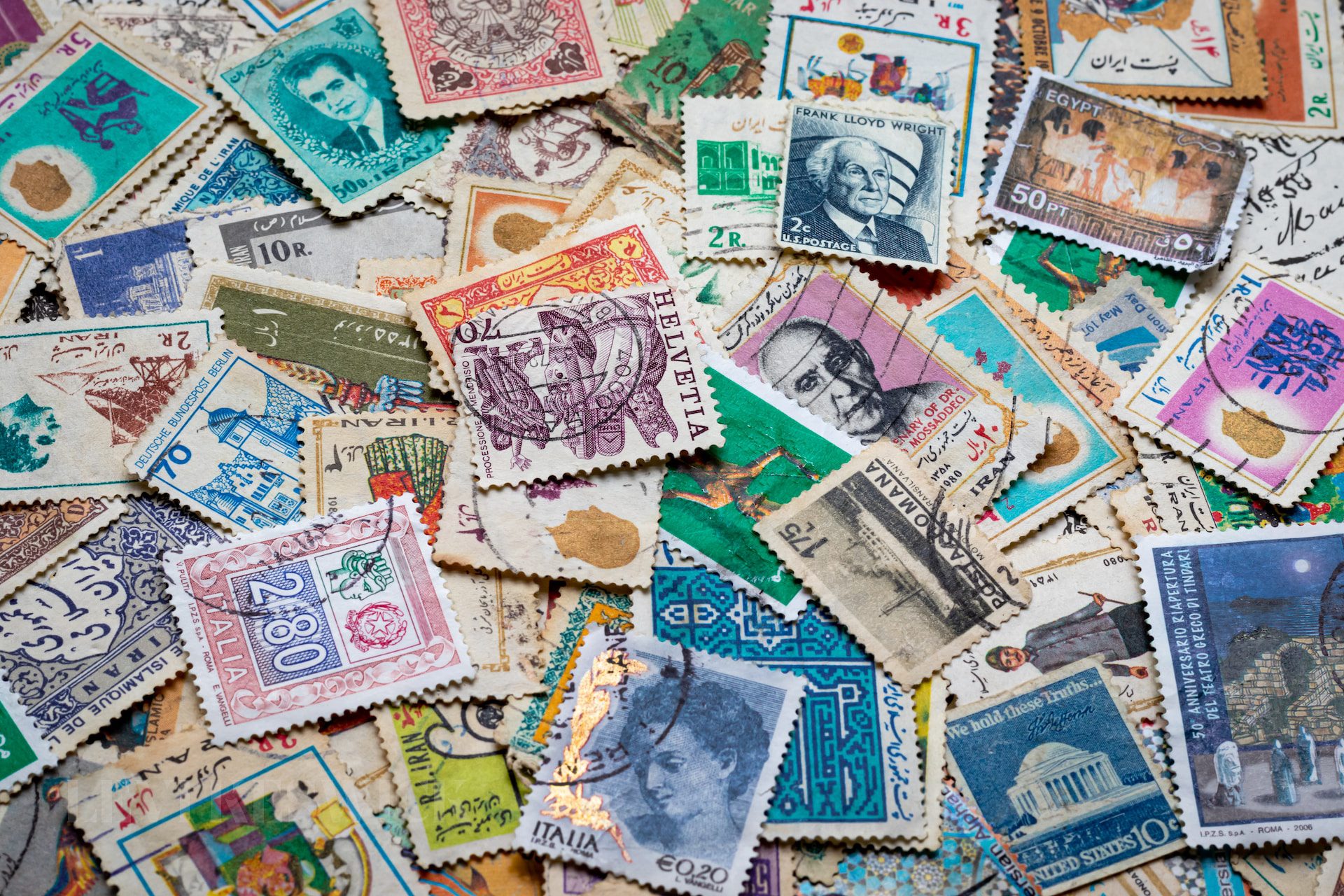Key Takeaways:
- The Penny Red stamp has a rich history, being in use for nearly 40 years and serving as a symbol of British postal history.
- Three distinct versions of Penny Red stamps were issued over its lifespan, with their distinguishing features becoming important identifiers for collectors.
- Plate numbers on Penny Red stamps greatly impact their value. The rarest of all is the Plate 77 Penny Red.
- The Penny Red Plate 77, believed to have only one sheet of stamps printed, was deemed defective and ordered to be destroyed. However, a few stamps escaped destruction, and their extreme rarity makes them among the most valued in the world of philately.
- The identification of Penny Red Plate 77 requires a keen eye and meticulous attention to detail.
A Journey Through Time: The History of Penny Red Stamps
Replacing the Penny Black stamp in February 1841, the Penny Red took center stage in the UK’s postal payment system, maintaining its position for almost 40 years. With its notable brownish-red hue, it became instantly recognizable and cemented its place in British postal history.
A defining feature of the Penny Red was the move from red to black ink for cancellation marks. The change rendered the act of ‘washing’ the red postmark from the black stamps futile, eliminating the re-use of stamps and effectively marking the completion of their postal journey.
The Penny Red stamps came in three distinct types: The Penny Red imperforates, The Perforated Penny Red Stars, and The perforated Penny Red Plates. Each of these variants had unique features that distinguish them from one another, making them highly attractive to philatelic enthusiasts.
How Plate Numbers Affect the Value of Penny Red Stamps
Stamp collectors know well that the value of a stamp isn’t just a product of its age or condition but is significantly influenced by its rarity. For Penny Red stamps, this rarity often hinges on the plate number.
The plate number refers to the metal plate used in printing the stamp. More than 400 different plates were used for printing various Penny Red stamps, many of which were repaired or renovated before being reused. This resulted in a plethora of Penny Reds existing in various conditions, adding to the intrigue and appeal for collectors.
The Enigmatic Penny Red Plate 77
The most coveted among the Penny Red stamps is the Plate 77 Penny Red. According to postal records from 1863, plate 77 was deemed defective due to poor alignment and was ordered to be destroyed after just one sheet was printed. However, a handful of these stamps managed to escape destruction, turning them into a philatelic treasure trove.
The fact that Plate 77 Penny Reds were never meant to be in circulation is what makes them the holy grail of stamp collecting. An example of such a stamp sold at auction in March 2016 fetched an astonishing £495,000, making it the second most valuable stamp in the UK.
Identifying the Value of a Penny Red Stamp
Despite the staggering sums fetched by certain Penny Reds, it’s important to remember that the value of a stamp is highly dependent on various factors. These include its condition, appearance, rarity, and the presence of any errors. Misinterpretation of plate numbers can often lead to incorrect valuation, especially if the stamp is heavily marked or if the cancellation ink obscures the plate number.
Even though billions of Penny Reds were produced, they are not all rare or valuable. An average Penny Red stamp in good condition might be worth between 50p to £5. The real treasures, such as the Penny Red Plate 77, are exceptions to this rule, embodying an exciting fusion of historical importance, printing error, and sheer luck of survival.
Navigating the Fascinating World of Penny Red Plate 77 Identification
Identifying a Penny Red Plate 77 requires a deep understanding of the stamp’s unique features, as well as a keen eye for detail. These stamps are a rare find, and their identification can be a thrilling journey of discovery.
In the world of philately, the Penny Red Plate 77 holds a special place. It is a symbol of a past era, a printing anomaly, and a survivor against the odds. Its rarity and the mystery surrounding its existence make it a fascinating subject of study and a prized possession for any collector.
The journey of the Penny Red, from its introduction in 1841 to its culmination with the elusive Plate 77, is not merely a tale of stamps. It is a reflection of history, innovation, and a testament to the enduring charm of stamp collecting. As we unravel the intricacies of the Penny Red Plate 77 identification, we are reminded of the rich tapestry of philately and its ability to ignite the imagination.








